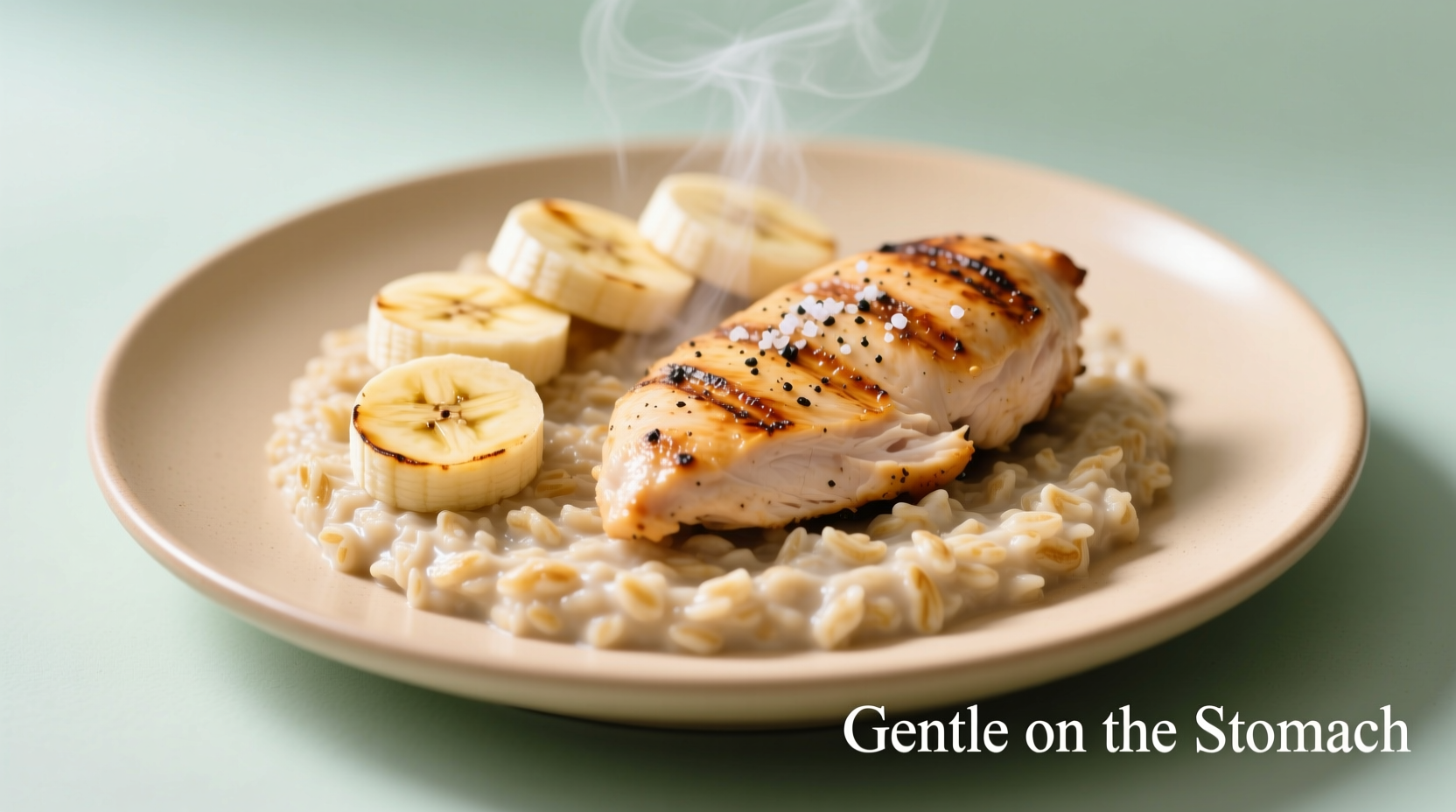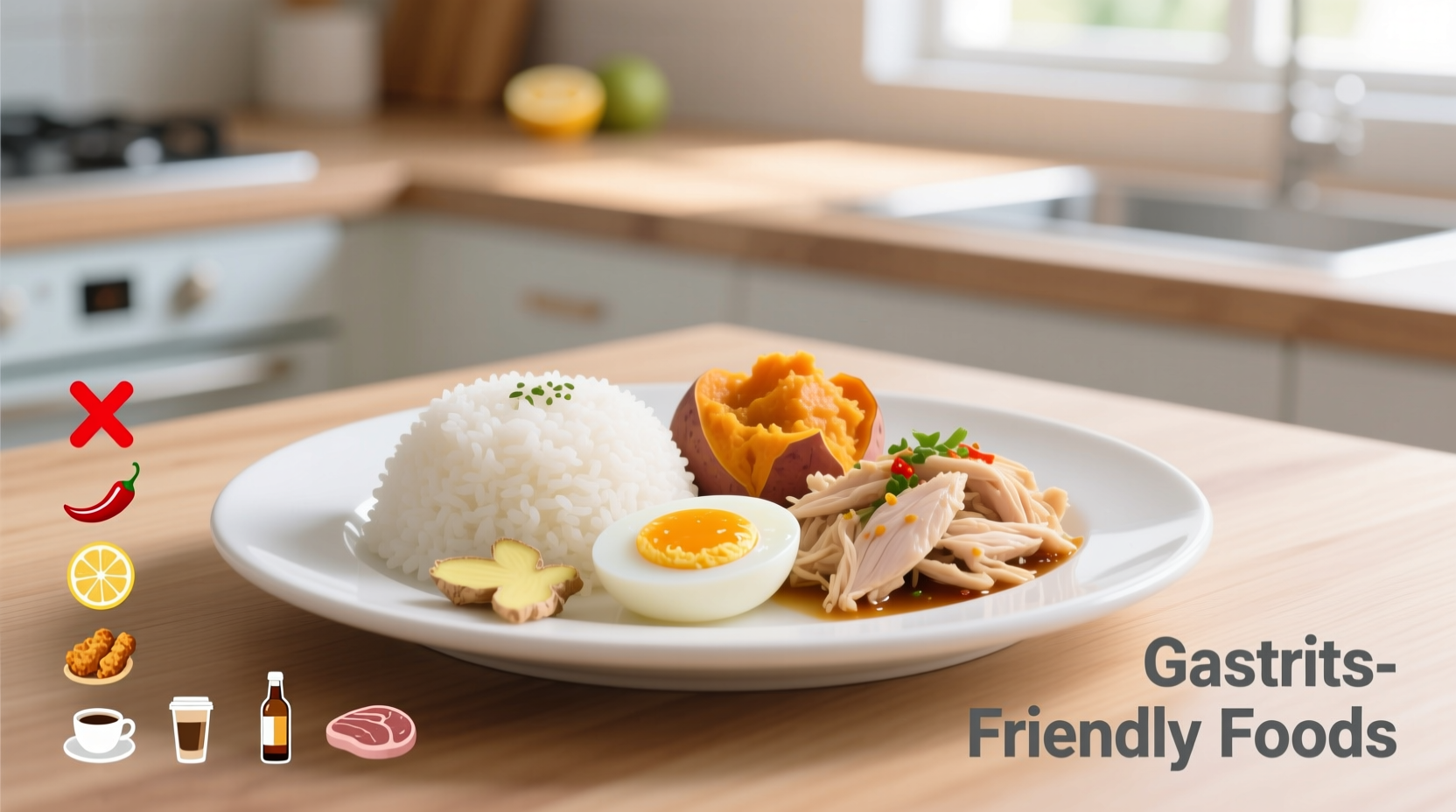Understanding Gastritis: Why Food Choices Matter
Gastritis involves inflammation of the stomach lining, affecting approximately 2-10% of the global population according to the National Institute of Diabetes and Digestive and Kidney Diseases. When your stomach lining becomes irritated or eroded, certain foods can either soothe or exacerbate this condition. The right dietary choices don't just manage symptoms—they actively support the healing process by reducing acid production and inflammation.

The Science Behind Gastritis-Friendly Eating
Your stomach produces hydrochloric acid to digest food, but when the protective mucus layer weakens, this acid irritates the stomach lining. Foods that stimulate excess acid production or directly irritate the lining worsen symptoms. Research published in the Journal of Gastroenterology and Hepatology confirms that dietary modifications significantly impact gastritis management, with certain foods demonstrating measurable anti-inflammatory effects.
| Foods to Embrace | Foods to Avoid | Why It Matters |
|---|---|---|
| Oatmeal, rice, toast | Fried foods, French fries | High-fat foods delay stomach emptying, increasing acid exposure |
| Lean proteins (chicken, fish) | Spicy peppers, hot sauces | Spices like capsaicin directly irritate inflamed tissue |
| Non-citrus fruits (bananas, apples) | Oranges, grapefruit, tomatoes | Acidic fruits increase stomach acidity by up to 300% |
| Leafy greens (steamed) | Carbonated beverages | Bubbles increase pressure and acid reflux |
| Probiotic yogurt | Alcohol, coffee, strong tea | These stimulate acid production and damage protective mucus |
Context Boundaries: When Diet Alone Isn't Enough
While dietary changes significantly improve gastritis symptoms for most people, certain situations require medical intervention. According to the American College of Gastroenterology, you should consult a healthcare provider immediately if:
- You experience black, tarry stools or vomiting blood (signs of bleeding)
- Pain persists beyond 2 weeks of strict dietary management
- You're taking NSAIDs regularly (ibuprofen, aspirin) which can cause gastritis
- H. pylori infection is suspected (requires antibiotic treatment)
Your 7-Day Gastritis Meal Framework
Instead of restrictive dieting, focus on building balanced meals using this simple framework:
Morning Relief Protocol
Start your day with 15-30 minutes of fasting after waking, then consume:
- Breakfast: Oatmeal with banana slices and almond milk (avoid dairy if sensitive)
- Morning snack: Applesauce with a teaspoon of honey
Lunch and Dinner Formula
Follow this ratio for symptom-minimizing meals:
- 50% non-starchy vegetables (steamed carrots, zucchini, green beans)
- 25% lean protein (baked chicken, salmon, tofu)
- 25% complex carbohydrates (white rice, quinoa, sweet potato)
Evening Wind-Down
Finish eating 3 hours before bed to prevent nighttime acid production. Try:
- Herbal tea (chamomile or slippery elm)
- Small serving of probiotic yogurt
Common Misconceptions About Gastritis Diets
Many popular gastritis advice sources contain inaccuracies. Research from the American Gastroenterological Association clarifies these points:
- Myth: All dairy worsens gastritis Fact: Fermented dairy like plain yogurt may actually help by introducing beneficial bacteria
- Myth: You must eliminate all fats Fact: Healthy fats like olive oil in moderation can be soothing (1-2 tsp per meal)
- Myth: Ginger always helps digestion Fact: While ginger helps some digestive issues, its spicy compounds can irritate active gastritis
Long-Term Gastritis Management Strategy
As symptoms improve, gradually reintroduce foods while monitoring your body's response. The Mayo Clinic recommends a systematic approach:
- Wait until symptoms subside for at least 7 days before reintroducing potentially problematic foods
- Test one new food every 3 days in small quantities
- Keep a detailed food journal noting symptoms and timing
- Eliminate any food causing symptoms for at least 4 weeks before retesting
Remember that gastritis triggers vary by individual. What bothers one person might not affect another. This personalized approach yields better long-term results than blanket restrictions.











 浙公网安备
33010002000092号
浙公网安备
33010002000092号 浙B2-20120091-4
浙B2-20120091-4